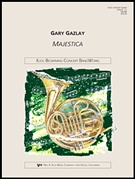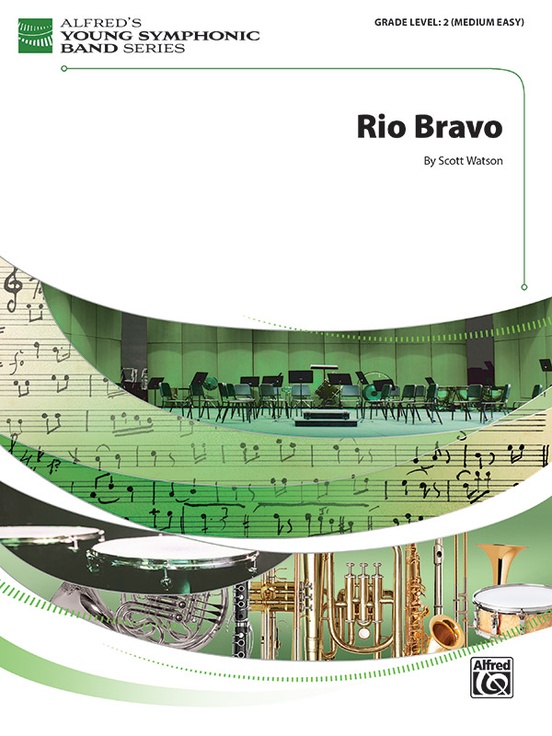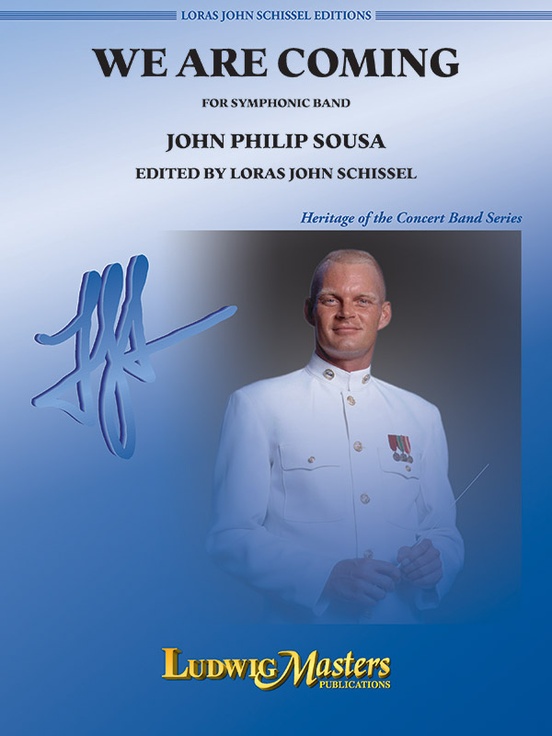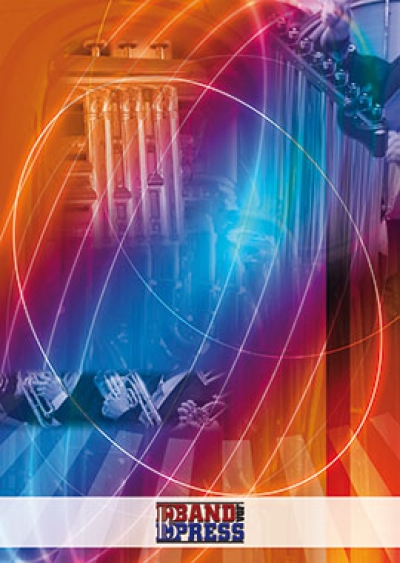Results
-
 £45.95
£45.95MAJESTICA (Concert Band) - Gazlay, Gary
The title of Majestica is taken from the word "majestic" which means "having or displaying great dignity or nobility" and was inspired by Psalm 8:9. It was composed for the 8th grade band members of the Madison County Central School Band 2006-2007 as an expression of my appreciation for their encouragement and positive impact in my life. It is my hope that Majestica will provide students with a song that they will enjoy learning to play and provide other music educators with a teaching tool that can be used in helping to motivate and encourage their students
Estimated dispatch 7-14 working days
-
 £34.95
£34.95WILL YE NO' COME BACK AGAIN? (Simply Classics Concert Band) - Turnbull, Kit
Will Ye No' Come Band Again?' is the common name given to the poem "Bonnie Charlie" by Carolina Oliphant (Lady Nairne). The Poem is about the end of the Jacobite rising of 1745, which culminated in the battle of Culloden. The poem was later set to a traditional Scottish folk tune, and is commonly used as a song of farewell.
Estimated dispatch 7-14 working days
-
 £66.95
£66.95Rio Bravo - Scott Watson
draws on artifacts of iconic western film music to portray the rugged landscape surrounding one of the longest, most fabled rivers in North America. The challenging, arid region along the "brave river" that divides Mexico from the southwestern United States---depicted in many a song and story---is characterized by mountains, canyons, and desert plains. The river, known north of the border as the Rio Grande, has called to itself settlers, cattle drivers, gunslingers, and outlaws. transports listeners to a time and place where legends of the Old West were made! (3:00)
Estimated dispatch 3-5 working days
-
 £87.50
£87.50For the Sake of Old Times
is a fresh take on the timeless classic "Auld Lang Syne." Known as a song to celebrate the New Year, Joseph Benjamin Earp's arrangement could be used at any point during the year to celebrate special occasions and memorialize important people in our lives. (3:55)
Estimated dispatch 3-5 working days
-
 £79.50
£79.50We are Coming - John Philip Sousa / arr. Loras John Schissel
Originally written as a song with lyricist Edith Willis Linn, Sousa later adapted it into a march. Loras Schissel has expertly edited this long forgotten march making it available once again to another generation of march lovers.
Estimated dispatch 3-5 working days
-

A Simple Song from Mass - Bernstein Leonard - Vertommen Luc
Estimated dispatch 7-14 working days
-

Just a little song - Derongé Roger
Estimated dispatch 7-14 working days
-
 £94.30
£94.30A Northumbrian Folk Song Suite - Traditional - Rob J. Hume
Estimated dispatch 7-10 working days
-
£155.00
Fantasia on a Flemish Sea Song (CB) - Simon Van Hoecke
Estimated dispatch 7-14 working days
-
£110.00
